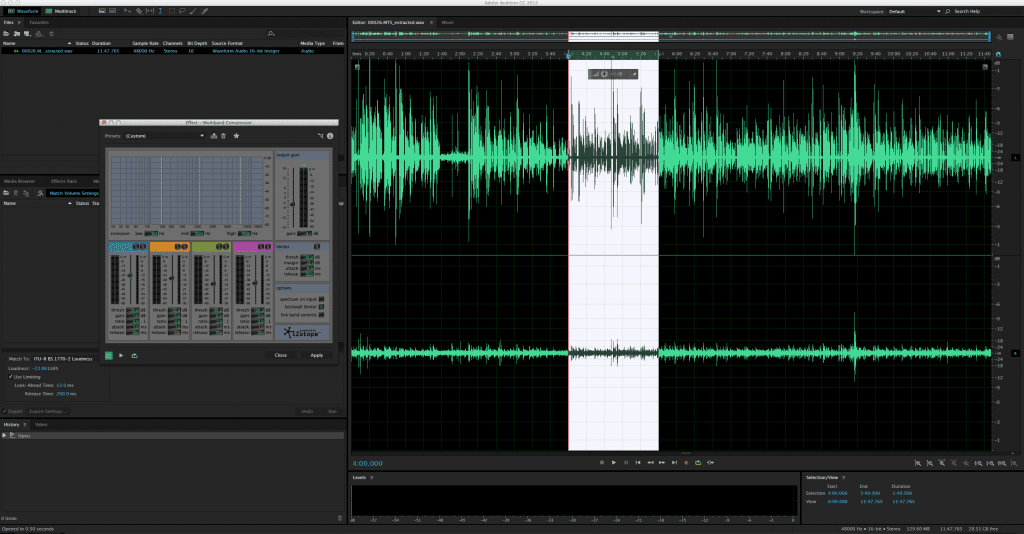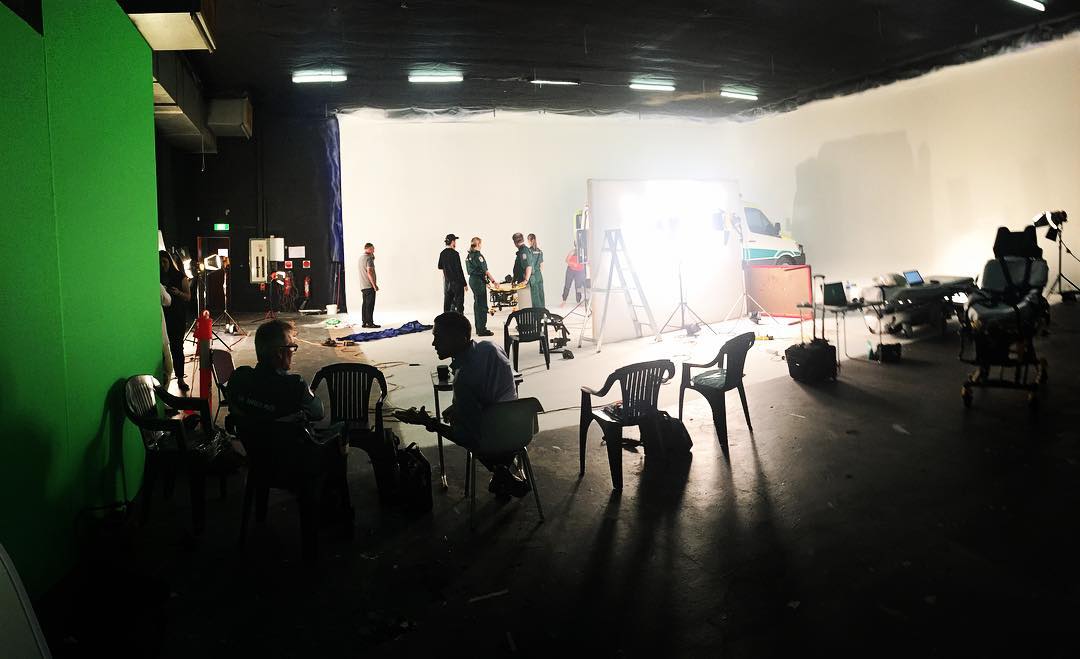One of the benefits of living in the age of “big data” is that you can find answers to questions that were previously extremely difficult to answer. Years ago, when you released your content to the world you’d have to run surveys and follow up with each individual viewer to determine if they engaged with your video. Now it’s a simple matter of looking at video stats and determining whether your customers are engaged and stay engaged. And all this data has proven that people engage more when video is involved. They are more likely to remember your business name, they are more likely to spend time on your website, and they are more likely to buy something if you have integrated video into your website.
How to Make Videos that Engage

So we know that a video will engage visitors more than no video at all. But how do you make an engaging video that will stand on its own? The first thing you should consider with every video you produce is to find your audience. What are their values? Their age group? What type of “voice” do they have? If you aren’t speaking to your target audience in their language or style then you aren’t going to engage. Your video will also need a reason to exist. There’s no point in creating a video if you have no content to fill it. Make sure your content always serves a purpose, whether it’s an explainer video, a recruitment video or just something entertaining. All the stylistic tricks in the book aren’t going to engage the viewer for long if there is no story for the audience to grab on to. So don’t try to appeal to everybody, focus on making content that suits your goals as a business, and try to be entertaining while doing it!
Keep it Simple
When people want information they don’t want to wait for an answer. If there is a faster way for a viewer to get the information they want, they will usually take that option. Why watch a 10 minute video of how to jump-start a car when there’s a two-minute video that achieves the same result?
If you have something quite involved that requires more than a few minutes to get through, you should consider breaking the video down into more digestible chunks. Especially for educational and demonstration videos, short but specific videos will be better as the viewer can find what they want to learn without sifting through a long video for the small section they need. And you can always have the option of setting your videos up in a playlist, so they will play in their correct order and the viewer can still get all the information in one hit.
Sight and Sound

Music and sound effects play an under-appreciated role in creating an engaging video. The obvious need for good quality audio recording for things like interviews should never be overlooked, but an incredibly important factor in engaging audiences is music. Music sets the tone for the whole video and you can use this to set the viewer up in the right emotional mindset for the video. Most corporate videos require something inspirational and uplifting, as no business wants to look lethargic and depressing, but the music you select can have that impact. A simple opening shot of say, a worker in a suit looking up at a skyscraper, can be changed dramatically with just the music used.
Is the music triumphant and uplifting? Your viewer assumes that perhaps the worker just landed their dream job in the office.
Is the music slow and mysterious? Your viewer may assume that they are nervous about a job interview or a presentation they haven’t prepared for.
The exact same shot can evoke different emotions with a change in music. That’s the power of music.
Tell a Story

Audiences are engaged by stories, not by information. Stories are an amazing medium for placing ideas into a context that we can relate to. Your audience will stick with your video if the story engages them, it’s as simple as that. You can set up your corporate videos to be like open-ended questions. As the question gets answered, the viewer gets their curiosity satisfied and they feel validated by watching your video. By introducing a question or a concept that needs closure you’ll be enticing peoples interest.
To do this you need to give them a taste of your story’s outcome, and it’s a popular Hollywood screenwriting technique. By throwing your audience in the deep end, they get they joy of discovery as their questions are answered.
If you want to keep your audiences engage with video, get in touch with us here at Dream Engine today.

Ryan Spanger is one of Melbourne’s most respected and sought-after video production professionals. Ryan founded Dream Engine in 2002, and specialises in helping medium to large corporates, government departments, and the non-profit sector to connect with their audience more effectively by using video.

